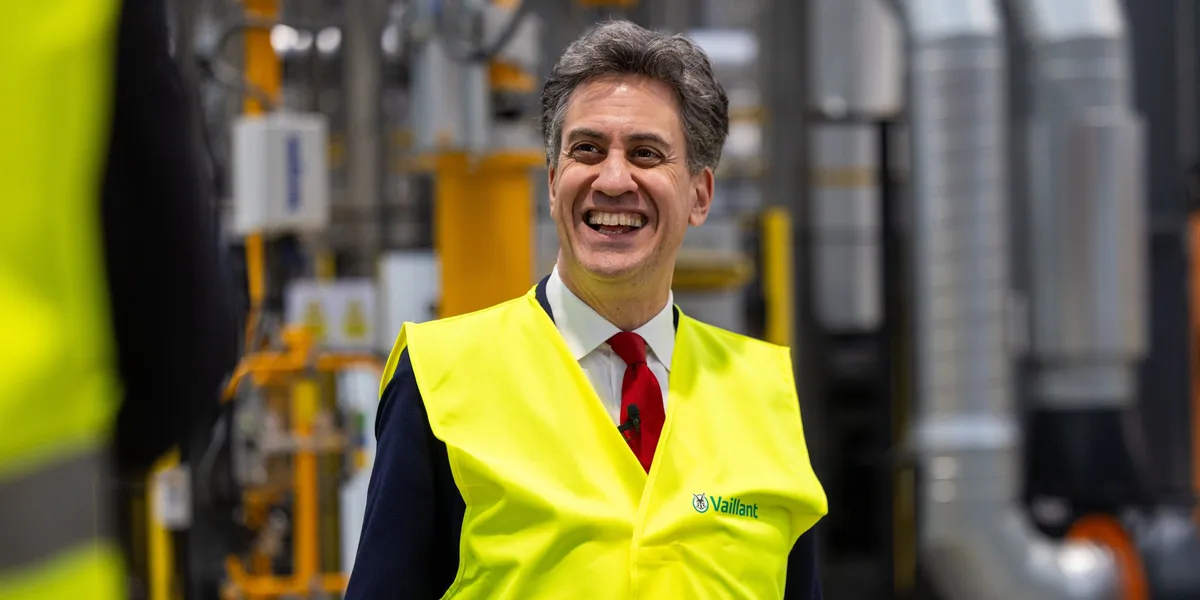Do you recall what we once considered a run-of-the-mill cell phone purchasing experience in the United States? The headaches were seemingly endless, from service provider limitations to charging cable incompatibilities, from long waits to transfer data (if it even worked) to needing to punch in a series of numbers to “update” your service with local towers.
Much of the early cellular friction has since been smoothed out by the accessibility of cloud data storage and various technological advancements, giving way to what one might call “the iPhone experience,” but other industries are still feeling their own versions of those growing pains, like in residential solar and storage.
Bloated contracts conflated with confusing clauses and long-term loans combined with shifting state policies that limit consumer compensation are souring consumer sentiment, but if Octopus Energy US has its way, a smoother customer journey is on the horizon.
Working with Utilities
Octopus, the parent company of Kraken (they’re the ones with the cute plushies at DTECH), is working closely with North American utilities to provide flexibility as a service. The idea is to offer ratepayers a turnkey solution that enables utilities to focus on acquiring and orchestrating flexibility within their customer base and leaves the customer-side stuff to the team with the tentacles in its logo.
“Vertically integrated utilities are working really hard to better engage with customers, but that’s not something that has always been in their DNA,” shared Nick Chaset, the chief executive officer of Octopus Energy US, in an interview with Factor This.
“We partner with utilities to help them engage with and harness consumer flexibility from electric vehicles (EVs), smart thermostats, and batteries, and do it in a way that gives those customers more of a retail-like experience,” he summarized.
According to Chaset, dealing with large commercial and industrial (C&I) clients requires a different sort of consumer engagement strategy than the residential side of the fence.
“In resi, it’s very much about customer experience and managing the friction of onboarding your device and communicating its simplicity and value,” explained Chaset. “That’s something that Octopus is really, really good at.”
Encouraging Adoption
The U.S. virtual power plant (VPP) market is currently being driven by original equipment manufacturers (OEMs), such as Renew Home’s Nest or Tesla’s increasingly popular Powerwall. 20-25% of eligible customers typically participate in flexibility programs under the OEM model, Chaset says, in some cases by default opt-ins, in others by companies embedding the signing-up process into the device installation. But if it’s BYOD (bring your own device) situation, like in the case of EV programs or standalone solar and storage, participation rates plummet to 10% or less.
“Those are just low,” Chaset states frankly. “How do you break through to get to 30-40-50-60-70% participation rate? What we find at Octopus is that when we engage with our retail customers, we’re seeing 50% participation rates.”
Chaset reports that about half of all Octopus customers in Texas have given the VPP wrangler permission to manage their thermostats, and in the United Kingdom, a similar percentage of customers with EVs are participating in the company’s dynamic managed charging program.
“The key to that is just removal of friction participation, clearly communicating the value to the consumer of participating, and also clearly communicating that their preferences come first,” the CEO of the technology agnostic software company posited. “We never override the consumer preference… Now, if they override, there may be some sort of consequence to an incentive, but we really put the customer first.”
“Our thesis is that if you apply that same approach in a vertically integrated utility context, you’re going to see similar participation rates, because that’s what we see all over the world when we apply this methodology.”
The Table Stakes for Flexibility
Chaset believes there are table stakes for capitalizing on flexibility, primarily that both the customer and the utility/grid must benefit. The more intermediaries stacked between the grid and the consumer, the less value remains.
Octopus Energy’s flexibility as a service offering, Octopus Flux, positions the company as less of an aggregator and more of an enabler of the utility.
“Our view is that the retailer, or the utility, should essentially become the aggregator. They already have the customer relationship, and we are trying to empower them with know-how and technology,” Chaset said. “In the beginning, that might mean we’re doing it for them, because they don’t have those capabilities. They haven’t built those muscles. But our intention is to essentially put ourselves out of business on the customer engagement side, because our partner, the utility or retailer, has become so good at it.”
By aggregating millions of EVs and solar and storage systems, utilities can tap into otherwise unharnessed energy, increasing the utilization of the grid and lowering electricity costs for everyone. An already heavily cited study out of Duke University recently found significant potential for load integration onto the power grid, should flexibility measures be taken.
Rethinking Load Growth: Assessing the Potential for Integration of Large Flexible Loads in US Power Systems looked at 22 of the largest balancing authorities (BAs) serving 95% of the country’s peak and discovered that gigawatts of new load could be added to the grid in each BA before total load exceeds what system planners are prepared to serve, so long as the new load can be temporarily curtailed as needed. Relatively small amounts of flexibility made a huge difference.
“And our view is that most of this flexibility is actually free,” ventured Chaset, pointing out that an EV driver doesn’t really care when their car charges during the night, only that there’s at least 80% battery life in the morning.
“It’s the same thing with residential energy storage,” he continued. “From a consumer perspective, I don’t really care if [my battery] dumps at four or five or six or seven, as long as I get the most benefit from time-of-use rates, and that’s where harnessing them to deliver good value that does not diminish consumer utility is the key.”
As Chris Rauscher, the head of grid services and virtual power plants at Sunrun, put it: “Customers don’t care about virtual power plants… Customers just want hot showers and cold beer.” It’s up to companies like Octopus to sort out the messy details.
Millions of consumer devices that have already been deployed are just waiting to make a difference on the grid. But to make that distributed dream a reality…
“We just have to engage with the customer,” Chaset reinforced. “And we have to make it easy and delightful.”








